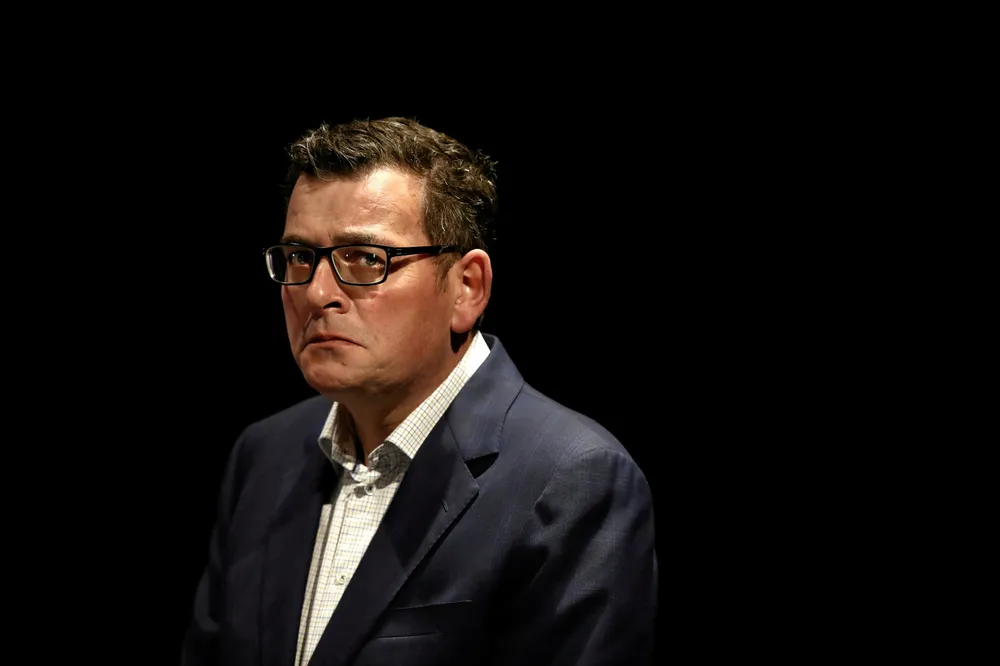‘Concerns’ | Decision on Australia’s controversial coal-to-hydrogen project handed to regional planning minister
Developers warn that $1.16bn H2 export project will not proceed unless it has ‘consistency’ from governments

Developers warn that $1.16bn H2 export project will not proceed unless it has ‘consistency’ from governments
